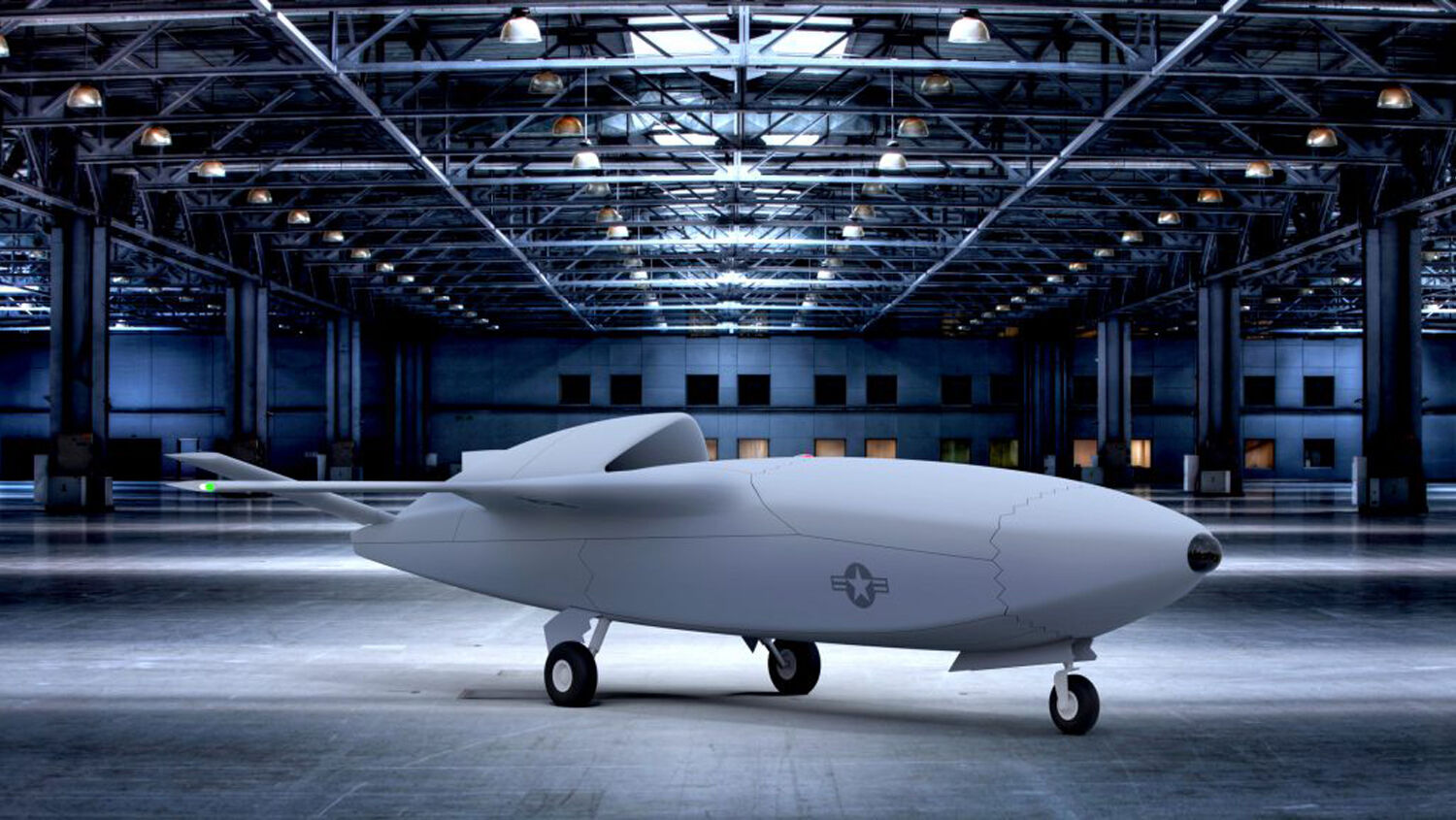
America’s AI Strength and Vulnerability
On June 25, the United States Air Force flew its first unmanned combat aerial vehicle using artificial intelligence (AI). The U.S. military plans to integrate AI-powered drones into a Joint All-Domain Command and Control (jadc2) strategy.
Behind the military jargon is a simple goal: efficiency. The larger the military operation, the greater the need for coordination and centralized decision-making. The more complex the operation, the greater the need for new technologies, like AI, to cope with all the data.
In the future, every ship, tank, plane, drone and satellite will share data and adjust decision-making processes. In a matter of seconds, a missile, tank or fighter jet could shoot down a target that a drone previously identified. The decisions could be automated, rather than approved by a command center.
This could be considered a sensible decision. A swarm of drones that have to coordinate with fighter pilots, who have to coordinate with other parts of the military stretching multiple domains, slows down the decision-making process. New technologies can integrate different aspects of the military. They can help execute a goal and adapt to previously unseen threats.
As America’s rivals utilize increasingly complex systems and battle plans, the U.S. is looking for ways to outmatch their combined strength. To that end, the U.S. intends to cooperate with allies and partners.
“Ideal mission partner system integration is realized when data from each partner’s C2 [command and control] systems can be accessed, viewed and acted upon by every other approved partner,” the Department of Defense wrote last year. “Ultimately, jadc2 system interoperability is foundational for conducting combined and partnered operations with speed, precision, relevance and security.” The U.S. 2022 National Defense Strategy committed to “anchoring our strategy in allies and partners.”
jadc2 connects members of the North Atlantic Treaty Organization, notably the U.S., Canada, France and Germany, along with Japan and South Korea against enemies such as China, Iran, Russia and North Korea. While the combined military power of nato and its partners offers unmatched strength, there are other considerations that need to be taken into account. Reliability being one of them.
nato’s agreement for mutual defense was once interpreted as the U.S.’s promise to defend its allies. But as China, Russia and others work more closely together and are increasingly aggressive toward the U.S., America may need the help of its allies in a potential confrontation. The more these forces are integrated, the more effectively they will operate. War on the Rocks noted on July 24 that America’s allies and partners are pushing the U.S. to expand its information-sharing and joint strategic planning for greater cooperation. But what would happen if America’s partners have an entirely different goal in mind?
In April, French President Emmanuel Macron called on Europe to develop its own approach toward China rather than following the U.S. In their podcast, titled “Is the U.S.A. Still Our Friend?”, German left-wing politician Gregor Gysi and former German Defense Minister Karl-Theodor zu Guttenberg questioned how many Germans would support defending the U.S. in the event of an attack.
If China were to declare war against the U.S. would its allies and partners come to its aid? Some may choose to remain neutral or even join the other side. An “ally” could leak all shared data and strategies, leading to an enemy nation launching a cyberattack. Or perhaps an “ally” could join an enemy’s forces and attack the U.S. defense from within. A betrayal on such a level would be catastrophic.
United States President George Washington advised that America “steer clear of permanent alliances with any portion of the foreign world.” Yet today, America is putting more trust in its allies than ever before. That, combined with its trust in technology, may be its greatest vulnerability.
Notice a Bible prophecy in Ezekiel 7: “They have blown the trumpet, even to make all ready; but none goeth to the battle: for my wrath is upon all the multitude thereof” (verse 14). Ezekiel 7 is addressing “the land of Israel” in the time of “the end,” which means it is about the U.S. and Britain today (request a free copy of The United States and Britain in Prophecy for proof).
In January 1995, Trumpet editor in chief Gerald Flurry said this “alarming” scripture describes a time when U.S. military technology will have been compromised: “It seems everybody is expecting our people to go into battle, but the greatest tragedy imaginable occurs! Nobody goes to battle—even though the trumpet is blown! Will it be because of a computer terrorist?”
It remains to be seen what will lead up to this fatal blow. But the Bible reveals in Ezekiel 16 that the perpetrator of this attack will be one of America’s closest allies. This prophecy makes the U.S.’s overconfidence in its technology and trust in its allies all the more concerning. But the Bible’s prophecies are even more specific. They identify who this prophesied perpetrator will be. Read “America’s Achilles’ Heel,” by Gerald Flurry, for a thorough explanation.
